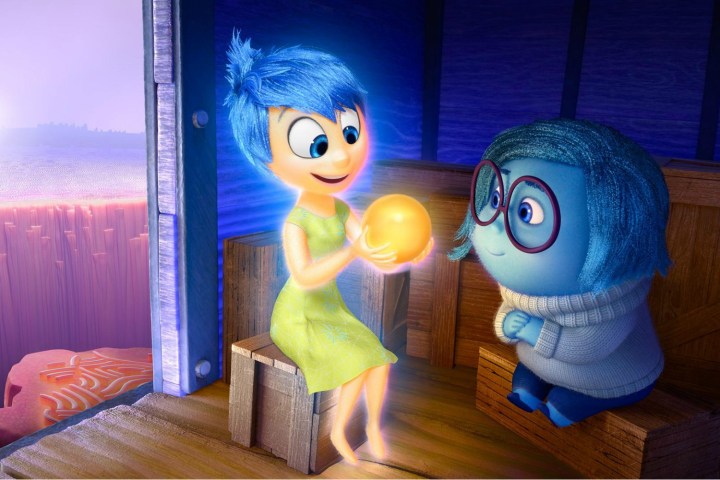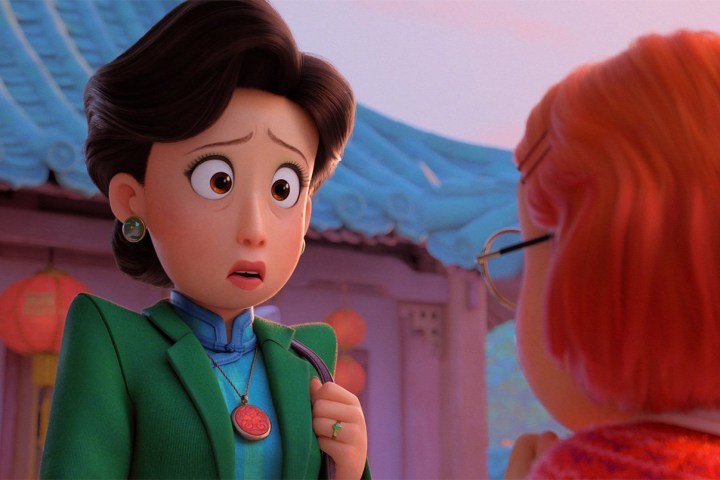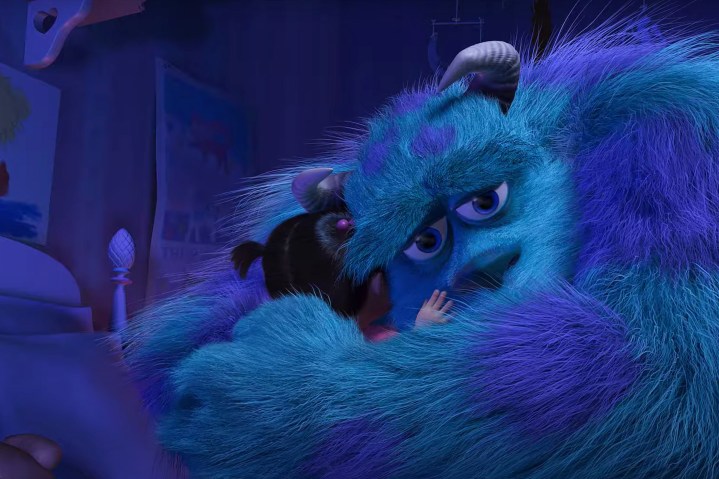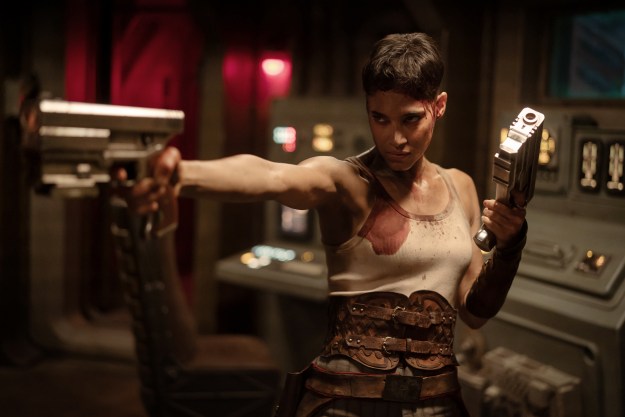If you’re a cynic, you probably walked out of Coco convinced that you’d just been manipulated. You may have found the opening minutes of Up to be cloying and sentimental, or you might think that, as beautiful as some parts of Soul may be, it’s all a little bit obvious. Pixar movies became a dominant force in our cultural conversations as soon as we first met Woody and Buzz in 1995, and since the very beginning, the storytellers at the studio have been remarkably good at making adults cry like babies.
In more recent years, the weeping that many come to expect from a great Pixar movie has begun to feel like a trap to some. Critics argue that Pixar adheres too closely to the formula it established in its earliest days, and that it’s too reliant on sentiment and preening to move its audience. All of that might be true, but that doesn’t necessarily mean the experience of a good Pixar cry is not worthwhile.
Boys don’t cry — we all do
Perhaps the best recent example of a great Pixar weepy is Coco, a movie about Miguel, a young member of a Mexican family who discovers that his family’s deceased patriarch is misunderstood and on the verge of being forgotten completely. The movie’s emotional climax comes in the form of a song, one that Miguel sings to his great grandmother in the hopes that she will remember her father, who disappeared when she was still a child.
This moment is deeply affecting, and it also adheres pretty strictly to what Pixar almost always pulls off near the climax of its stories: A character who was once misunderstood asserts the right to make themselves heard, and the protagonist learns a lesson about empathy or history or what it means to continue to love the people you’ve lost.

Inside Out provides another recent example. The movie’s thematic content is all about the emotions of a teenager, represented by five characters living inside her head. Joy, the film’s protagonist, spends most of the running time trying to keep control and ensure that Riley, the girl she’s living inside of, remains happy above all else. It’s Joy’s panic at losing control that kicks off the movie’s plot, and the film’s emotional climax is her realization that Riley’s other emotions, and Sadness in particular, also have a role to play in guiding Riley toward a fulfilling emotional life.
At its core, all Inside Out is really telling audiences is that being sad is OK, but the film delivers that message so artfully that it feels like a revelation. The same holds in Coco, a movie that is really just about how sad it is to lose someone you love. These are not complicated ideas, but they work on both kids and adults because, at its best, Pixar is so smart about deploying its unsubtle themes through its characters.
Simple yet universal messages
There are some who find the simplicity and overt sentiment of Pixar’s core themes cloying, but one of the reasons the studio has found such success within a pretty standard formula is because everyone can find something in the stories it tells. However, that can strip away some elements of individual experience, but Pixar has started to bridge that gap, albeit haltingly.
Coco focuses on a distinctly Mexican experience, Soul is about a Black man in Harlem, and Turning Red is perhaps the most radical movie of them all, taking Pixar’s storytelling conventions and creating a story that is hyper-attuned to the specific rhythms of a child of Chinese immigrants.

Something like Turning Red suggests how Pixar can evolve without abandoning the successes that have brought it to its dominant place in the entertainment industry. The movie has universal themes about the relationships between mothers and daughters, but it is inflected with the specific experience that some Chinese kids may have with domineering mothers. It’s a classic empathy machine, allowing you to find points of similarity against a backdrop that may be wildly different from your own.
Exceptions to the rule
Of course, Pixar’s tear machine does not work on every person every time. The entire Cars universe feels more like a cynical cash grab than a genuine attempt to tell good stories, and Lightyear feels like one of the strangest IP extensions to come out in the past decade, and that’s saying something.
If a specific Pixar movie makes you well up involuntarily, though, there’s no shame in giving in. Our emotions are not always within our control, and even if your brain knows that you’re being manipulated by the story you’re watching, it may not be able to stop you from crying anyway. Those tears are real, and they come from a recognition that the story you’re being told is one that has a deep truth about how you see the world.

It’s undeniably true, then, that Pixar movies are often simple, blunt instruments designed to communicate basic truths about the world. What’s also true, though, is that as obvious as some of those truths may be, many, many people need something like a Pixar movie to help them face those truths head on.
If you’re a father trying to protect their child from a scary world, the fact that Finding Nemo is just about the difficulty of letting go doesn’t make watching the movie any less profound. If you’re struggling with your sense of purpose in life and your work, the fact that Toy Story only tiptoes up to acknowledging that everyone dies eventually doesn’t make watching the movie any less moving for you.
Movies are designed to allow you to see yourself in the stories of others, and to help you feel things that you may work hard not to feel during your everyday existence. Pixar at its best is incredibly good at making you feel something, even if that something is resentment at how teary-eyed you’ve become. If you want to be resentful, you’re more than welcome to, but we shouldn’t be mad at Pixar just because they know how to unlock doors we want to keep closed.
You can view the entire Pixar library on Disney+. To check out that studio’s latest releases, please read our what’s new on Disney+ list.
Editors' Recommendations
- 15 years ago, Pixar’s Wall-E painted a terrifying picture of our AI future
- Pixar’s Turning Red will skip theaters and head directly to Disney+




